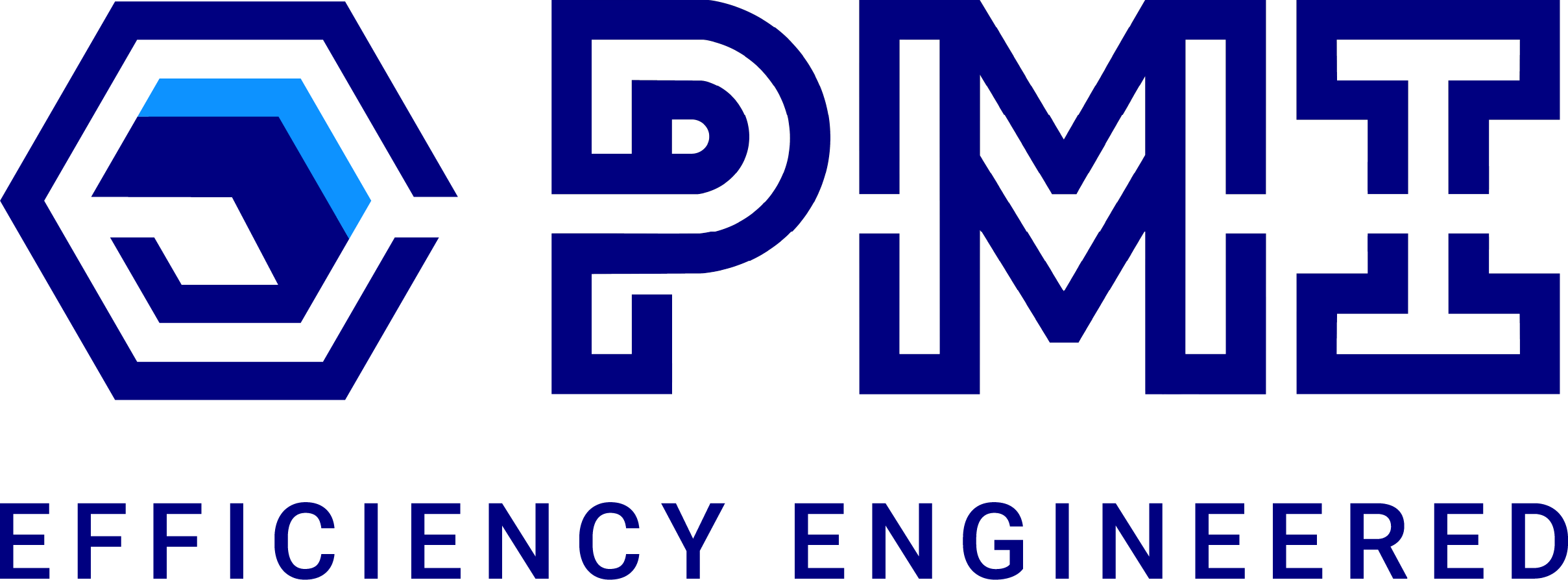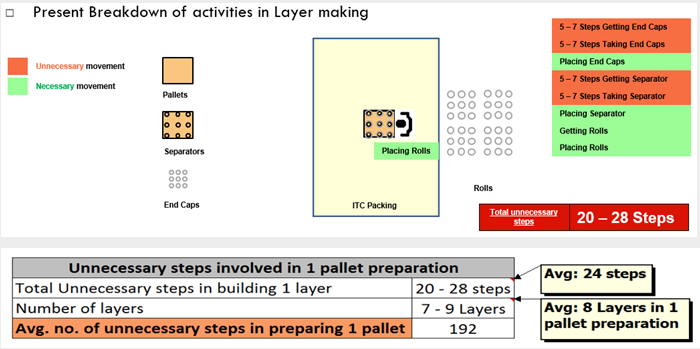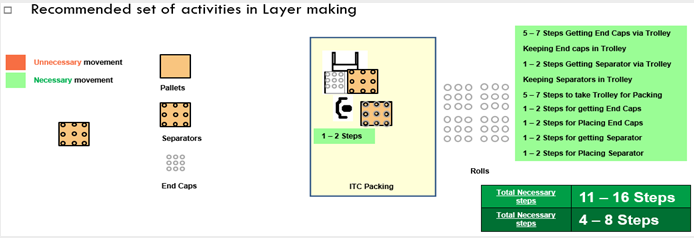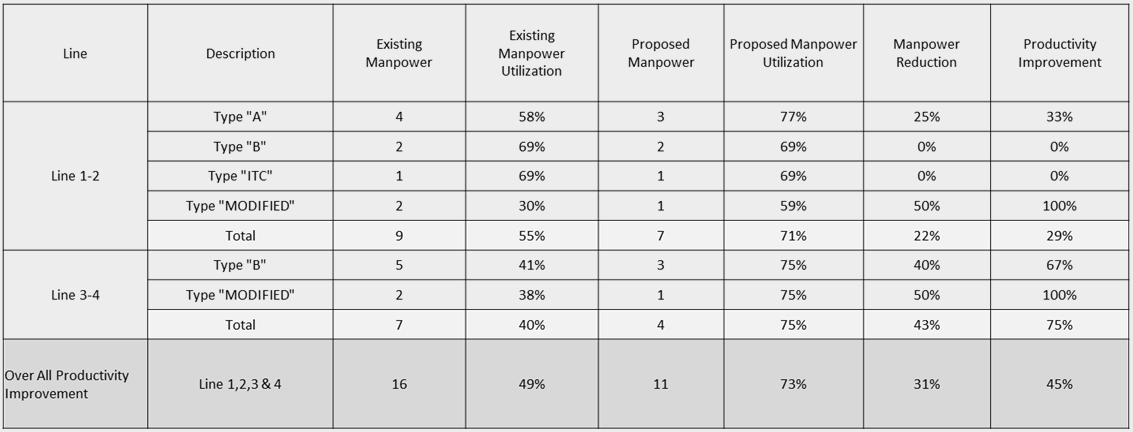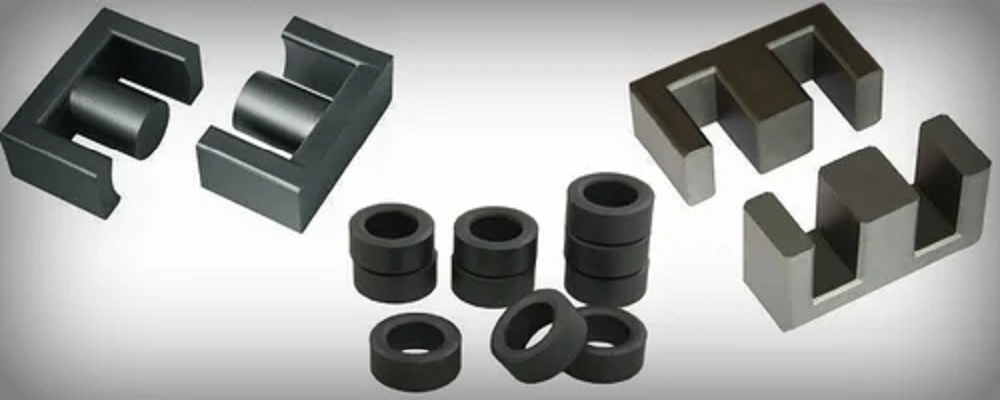Project Objectives
The engagement was arranged around the following fundamental objectives:
- Measurement of work content utilizing PMTS (MODAPTS) techniques for precise determination of task duration.
- Optimized manpower allocation as per observed work behaviors.
- Identification of process improvement to eradicate inefficiencies and non-value-added (NVA) activities.
- Design of material flow and layout adjustment to facilitate synchronized operations and minimize fatigue.
